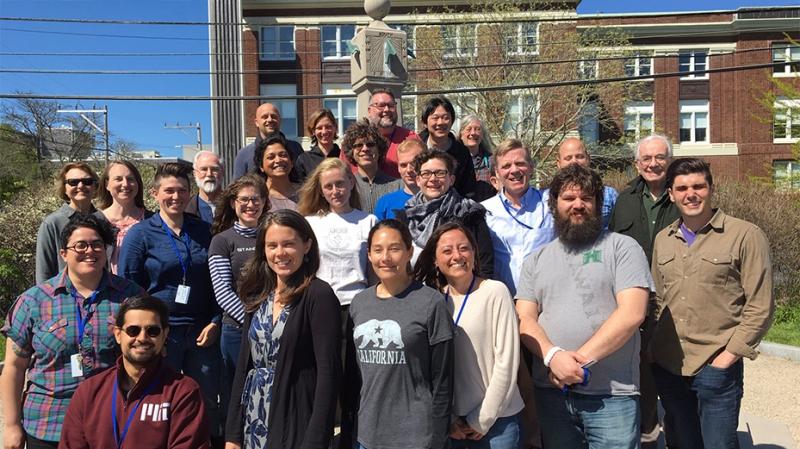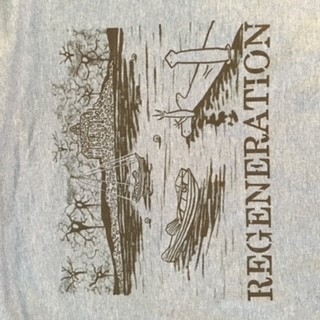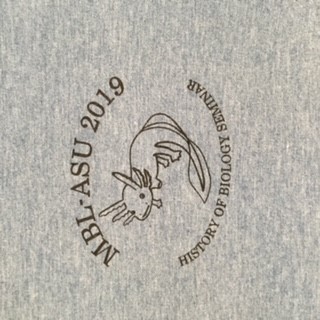History of Biology Seminars
2019 Seminar: Uncovering the Logic of Regeneration across Complex Living Systems

About
All living systems, from microbial communities, to organisms, to ecosystems, maintain some capacity to repair and to maintain themselves in the face of events that cause disturbances or damage. For example, microbial communities can regenerate to achieve the same function even as species composition changes, spinal neurons in a lamprey can regenerate function even though their cellular wiring changes, and ecosystems can maintain a level of resiliency in the face of changing climate conditions. In all instances, while these biological systems undergo stress and damage, their parts can coordinate responses to provide repair. But does the concept of regeneration mean the same thing in each case? How do the regenerating parts “know” how to cooperate to make the participating individuals and systems healthy and whole again? How does an understanding of one level inform the others? Is there an underlying logic of regeneration across complex living systems? These are the driving questions for this seminar. 
The 2019 MBL-ASU History of Biology Seminar will engage with these driving questions by bringing together a mix of historians, philosophers, social scientists, and biologists for a lively and intense week of presentations, discussions, and explorations. In order to do this, we propose the following ontology of components that could reasonably be involved in the regenerative process. These provide a starting point for further discussion about whether these are the right categories and, if so, how we understand them across scales of complex living systems:
1. Detectors:
Are there unit(s) or mechanism(s) that detect that an insult to the system has occurred (these could be particular species of microbes, cells, or species within an ecosystem)? Historically, what has been identified as the initiator of regeneration?
2. Responders: Are there specific units or mechanisms that respond and begin the reparative process once an insult to the system has been detected? Historically, have different units or mechanisms been identified as responders?
3. Building blocks: What units or mechanisms are co-opted or utilized by the system in order to repair what has been damaged?
4. Positional information: How are the building blocks arranged? How do the building blocks “know” how to be arranged in the “right” way to repair the damage and restore function to the system?
5. Stoppers: What makes the regeneration process stop when the system has been repaired?
Throughout the week, we will test the boundaries of this ontology, asking whether these components hold or can be identified within different cases of regeneration, and across different levels of organization. We will revise this ontology as we learn more about how regeneration operates in different cases and at different levels of organization, and how it has been conceived of historically, with an eye towards understanding whether there is an underlying logic of regeneration, and if so, what that logical framework looks like.
The History of Biology Seminar is offered in collaboration with and is funded by Arizona State University. View past topics.
James Collins, Arizona State University
Jane Maienschein, Arizona State University
Karl Matlin, University of Chicago
Jane Maienschein, Arizona State University and Marine Biological Laboratory
Kathryn Maxson Jones, Princeton University and Marine Biological Laboratory

